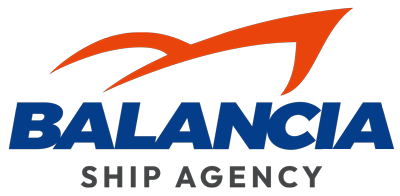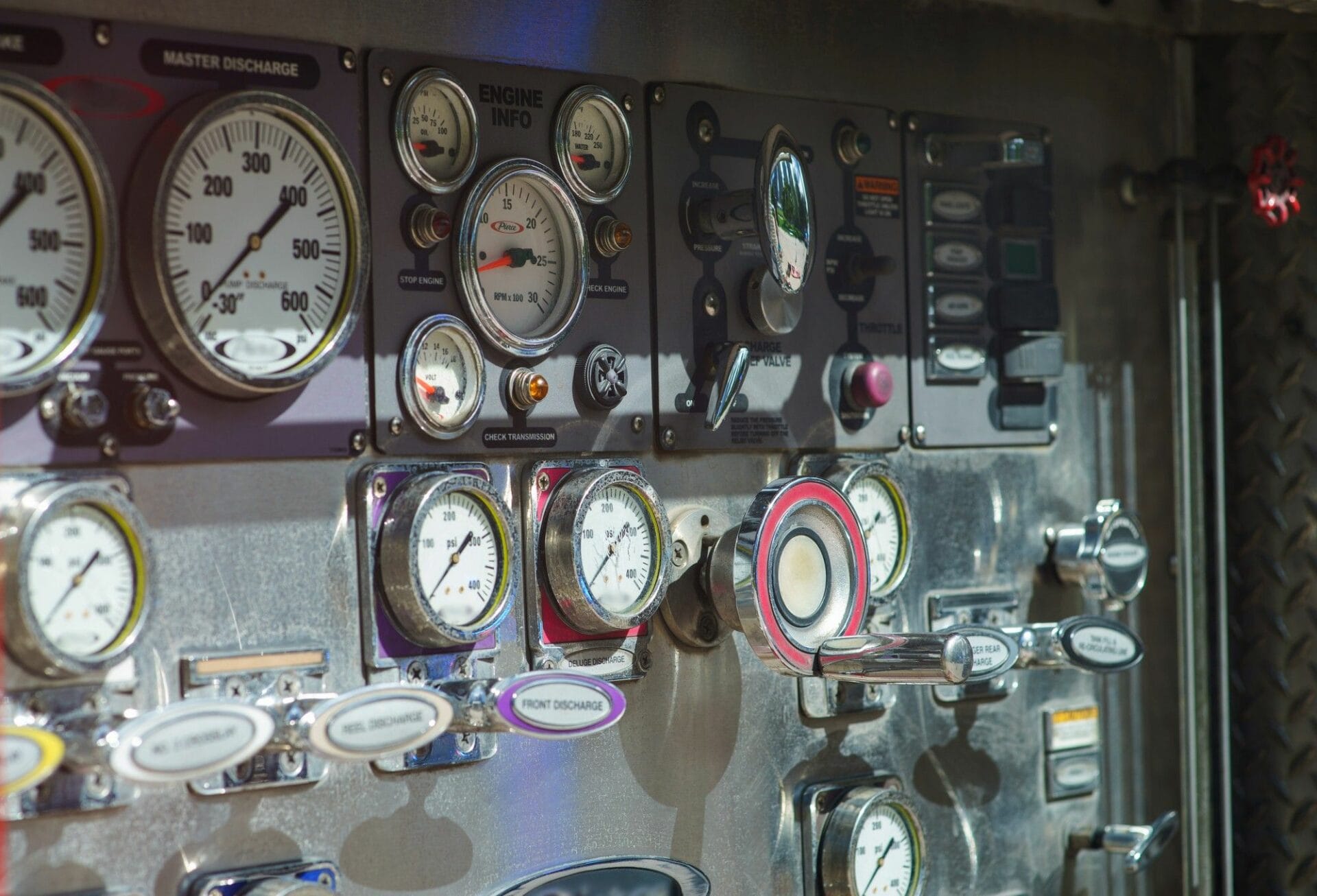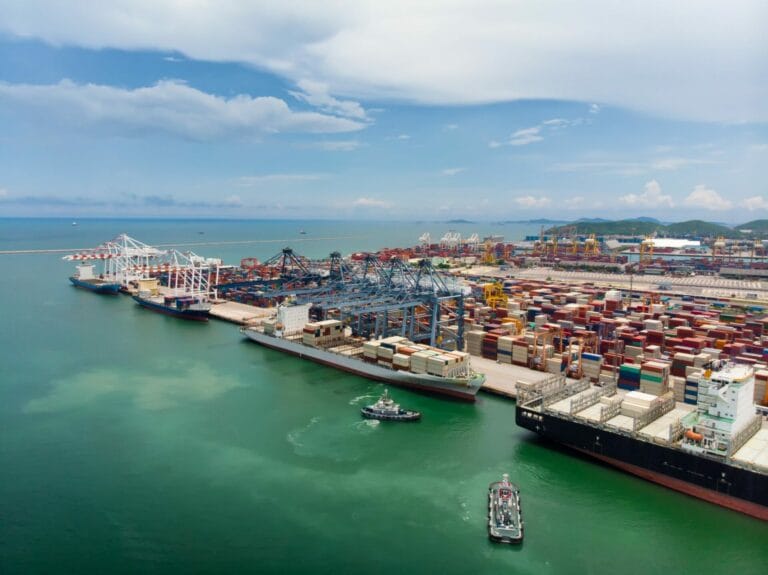3 Types of Alarms on Ships
A maritime emergency arises, there is no time to waste in responding to the crisis. That’s where ship emergency signals and alarms come into play. These critical tools can help us quickly and efficiently tackle a crisis or avoid an emergency altogether.
Installed throughout the vessel’s various systems and machinery, emergency alarms are designed to notify the crew about dangerous situations that can arise from a wide range of potential onboard emergencies. Audible and visual alarms are strategically placed to ensure that they are accessible to everyone on board, even in areas where seeing or hearing an alarm may be difficult.
As a standard practice in the international maritime industry, ships are equipped with emergency alarms that follow a specific warning system. This system is uniform across all seagoing vessels, regardless of which seas they are navigating or which company they belong to. By adhering to this standard, crews can quickly identify and respond to potential emergencies, helping to ensure the safety of everyone on board. So, while a maritime emergency may not come with an alarm, ships are equipped with the tools necessary to help prevent or mitigate potential disasters.
General Alarm
When an emergency strikes on board a ship, quick and effective communication is crucial to ensure the safety of all crew members. That’s why ships are equipped with a general emergency alarm system that is recognized worldwide by seven short ringings of the bell followed by a long ring or seven short blasts of the ship horn signal followed by one long blast.
The activation point for the general alarm system is located in the navigation bridge. Once the alarm is sounded, every crew member on board must follow the instructions and duties listed in the muster list and proceed to their designated muster station. This is critical for ensuring that everyone on board is accounted for and can be safely evacuated in the event of an emergency such as fire, collision, grounding, or any other scenario that could lead to abandoning the ship.
The general alarm is a vital tool in maintaining the safety and well-being of all crew members on board a ship. By following the instructions provided in the muster list and proceeding to designated muster stations in an orderly and timely fashion, crew members can help ensure a quick and efficient response to any emergency situation that may arise.
Fire Alarm
In the event of a fire on board a vessel, time is of the essence. That’s why it’s critical for crew members to raise the alarm signal as quickly and efficiently as possible. This can be done by pressing the nearest fire switch or by loudly and continuously shouting “FIRE FIRE FIRE.” The ship’s fire alarm signal is then sounded as the continuous ringing of the ship’s electrical bell or the continuous sounding of the ship’s horn.
According to industry standards, the fire signal must be a continuous blast of the whistle or electrical bell for no less than 10 seconds. However, on most vessels, the fire signal is rung continuously on the alarm bell to ensure that it is heard by everyone on board.
Once the master of the vessel has determined that the crew can be dismissed from their fire stations, a general alarm will be sounded three times, followed by three short blasts of the ship’s whistle. This signal indicates that the immediate danger has passed and that it is safe for crew members to return to their normal duties.
By following these established procedures for raising the fire alarm and responding to emergency situations, crew members can help ensure the safety and well-being of everyone on board a vessel. In the event of a fire, every second counts, and quick and efficient communication can mean the difference between a minor incident and a major disaster.
That’s why most of the navigational equipment and navigation lights on board a ship are fitted with failure alarms.
If any of these systems malfunctions, a ship alarm signal will be sounded in the navigation bridge. This alarm signal will provide detailed information about the location, equipment affected, type of problem, and other relevant details, all of which will be displayed on the notification screen provided on the bridge navigation panel.
This is critical for ensuring that any potential navigational issues are identified and addressed as quickly as possible. By promptly addressing any equipment malfunctions or failures, the crew can help ensure the safety of the ship and all those on board.
Navigation is a complex and challenging task, but by utilizing advanced equipment and alarms to alert crew members to any potential issues, ships can navigate safely and efficiently through even the most challenging conditions.
In conclusion, the three types of ship alarms – the general emergency alarm, fire alarm, and navigation equipment failure alarm – play a critical role in ensuring the safety of vessels and their crew members. These alarms are designed to alert crew members to emergency situations, fires, or equipment malfunctions, allowing them to respond quickly and effectively to minimize risks and prevent disasters.
By following established procedures for raising and responding to these alarms, crew members can help ensure that their vessels navigate through open waters safely and efficiently. Whether it’s through the use of audible or visual alarms, crew members must be familiar with the different alarm systems on their ships and know how to respond in emergency situations. Ultimately, these alarms are a critical component of the safety infrastructure on board a vessel, helping to protect crew members and keep ships and their cargo safe on their journeys across the seas.
Port agency services are another integral aspect that contributes to the safe and efficient operations of ships during port calls. These services encompass a wide range of responsibilities, including berthing arrangements, coordinating pilotage and tug services, managing customs and documentation procedures, and organizing the necessary supplies for the vessel and its crew. By partnering with a trusted port agency, ship owners and operators can benefit from streamlined processes, reduced administrative burdens, and optimized turnaround times. The expertise and local knowledge of a reliable port agency ensure that vessels experience minimal delays and disruptions, ultimately enhancing the efficiency and effectiveness of their maritime activities. Learn more about Port Agency Services: Facilitating Efficient Port Calls for Maritime Success.
Need Help At Sea ? Contact Us Now!
BALANCIA SHIP AGENCY
HQ Address : Komplex Ruko Golden City Block C No.3A, Batam City, Indonesia 29432
www.balancia.co.id
Mobile Ph. : +628112929654
Office Ph. : +627784883769










